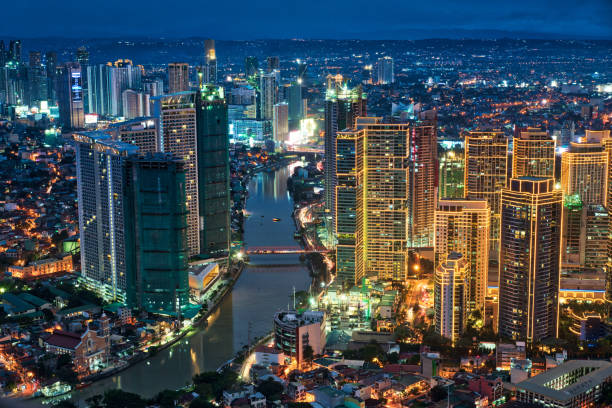
Kuwait is currently facing a looming power deficit that could persist for several years, stretching until at least 2027. This shortage poses a threat to the nation’s energy security and could result in economic losses, particularly in vital sectors such as oil and industry.
Research and data on power consumption patterns suggest that the deficit will worsen in the coming years. Projections indicate a shortfall of around 700 megawatts in the summer of 2024, escalating to over 2,000 megawatts by 2025 and peaking at 2,500 megawatts by 2026. This represents an annual increase of approximately 5-6%.
The aging infrastructure of water and power plants presents a significant challenge, especially during peak summer demand when breakdowns and production stoppages are common. Notably, Kuwait has not constructed any major power plants in roughly 15 years.
Efforts by committees within the Ministry of Electricity and Water (MEW) to develop actionable plans to address the power shortage have been ineffective. Proposals such as shutting off electricity to factories during the summer months, including in the crucial oil industry, are deemed impractical and indicative of insufficient planning.

While some see the Gulf Cooperation Council (GCC) grid connection as a potential solution, its capacity is limited and dependent on energy availability during peak times across Gulf countries, which align with Kuwait’s peak consumption periods. Moreover, sourcing energy from the GCC grid is costly.
The Kuwait Authority for Partnership Projects (KAPP) has made limited progress in meeting the growing demand for electricity and water. Despite its establishment, only one plant (the first northern Al-Zour) has been completed with private sector involvement. Plans for additional plants, like Al-Khiran, have yet to materialize.
Addressing the electricity crisis requires urgent and decisive action, potentially involving the hiring of international consultants.
Power Shortage Solution
Though the Ministry is exploring solutions involving international developers to provide energy, resistance persists despite Cabinet approval to purchase energy from such sources. Consequently, quick and sustainable solutions remain elusive.
Various international investors have proposed building and operating power and water plants at prices lower than current production costs, yet decisions on these proposals are still pending.





